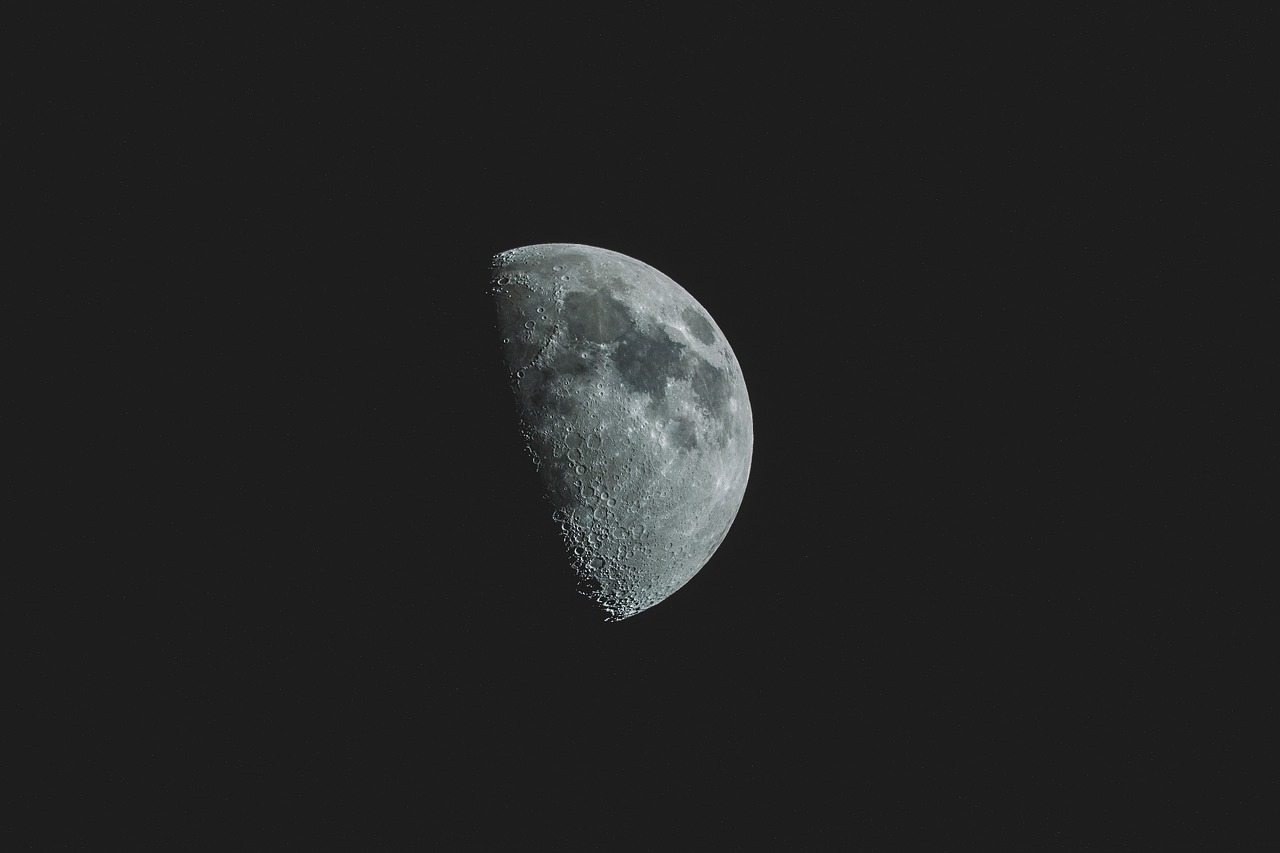The Pursuit of Sol and Mani by Wolves
Sol and Mani are personifications of the sun and moon, respectively, derived from Old Norse mythology. Sol, a female deity, and her brother Mani, a male counterpart, are integral figures in the celestial realm. Upon their inception during the formation of the cosmos, Sol and Mani were initially unaware of their powers or designated roles. However, the gods convened, ultimately delineating the components of time, such as the cycles of the day and the phases of the moon, to aid them in understanding their purpose in the sprawling universe.
In the sky, Sol and Mani journey in chariots pulled by horses. While the steeds associated with Mani remain unnamed, Sol’s chariot is graced by two legendary horses: Árvakr, “Early Riser,” and Alsviðr, “Swift.” The pair hastily traverse the heavens, pursued by the ravenous wolves Skoll, meaning “Mockery,” and Hati, translating to “Hate.” This relentless chase symbolizes their impending doom as they are fated to be caught during Ragnarok, the apocalyptic end of the cosmos.
An intriguing aspect of Sol’s journey is recounted in the ancient texts, particularly in the Poetic Edda, where a figure named Svalinn rides alongside her in the chariot, wielding a shield to protect both the earth and sea from the sun’s consuming flames. Furthermore, the father of Sol and Mani is identified as Mundilfari, a largely mysterious character whose name can be interpreted as “The One Who Moves According to Particular Times.”
The medieval historian Snorri Sturluson provides an account in his Prose Edda that interweaves these varied legends into a singular narrative. Though Snorri’s interpretation may not be rooted in tradition, he narrates how Mundilfari, impressed by his children’s beauty, named the girl “Sol” in homage to the sun and the boy “Mani” in honor of the moon. With Sol’s marriage to a figure named Glenr, meaning “Opening in the Clouds,” the fabled sun was said to originate from a spark within Muspelheim, later navigating the heavens in an unguided chariot. Angered by Mundilfari’s presumptuous naming, the gods compelled Sol to take the reins of the sun’s chariot.
The imagery of celestial bodies riding chariots is a concept rooted deep in ancient cultures of the Norse and other Germanic tribes, evidenced by various rock carvings and antiquities, such as the notable Trundholm sun chariot from Bronze Age Denmark. Interestingly, the association of the sun deity as female has also been recorded among Continental Germanic peoples, indicating a widespread acknowledgment of this divine feminine principle.
While the specific details of Sol and Mani may remain obscured by time, the core essence of their representation as deities of the sun and moon stands firm as a reminder of their significance in pre-Christian Germanic spirituality.



